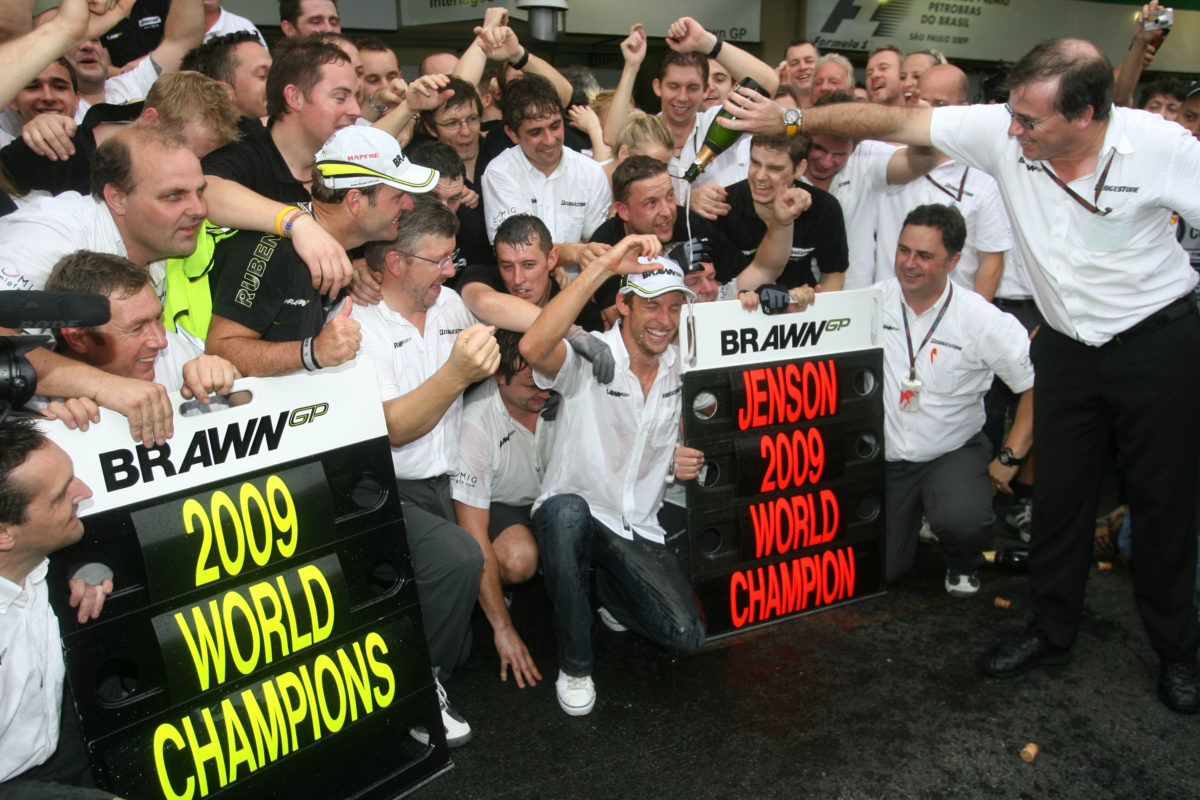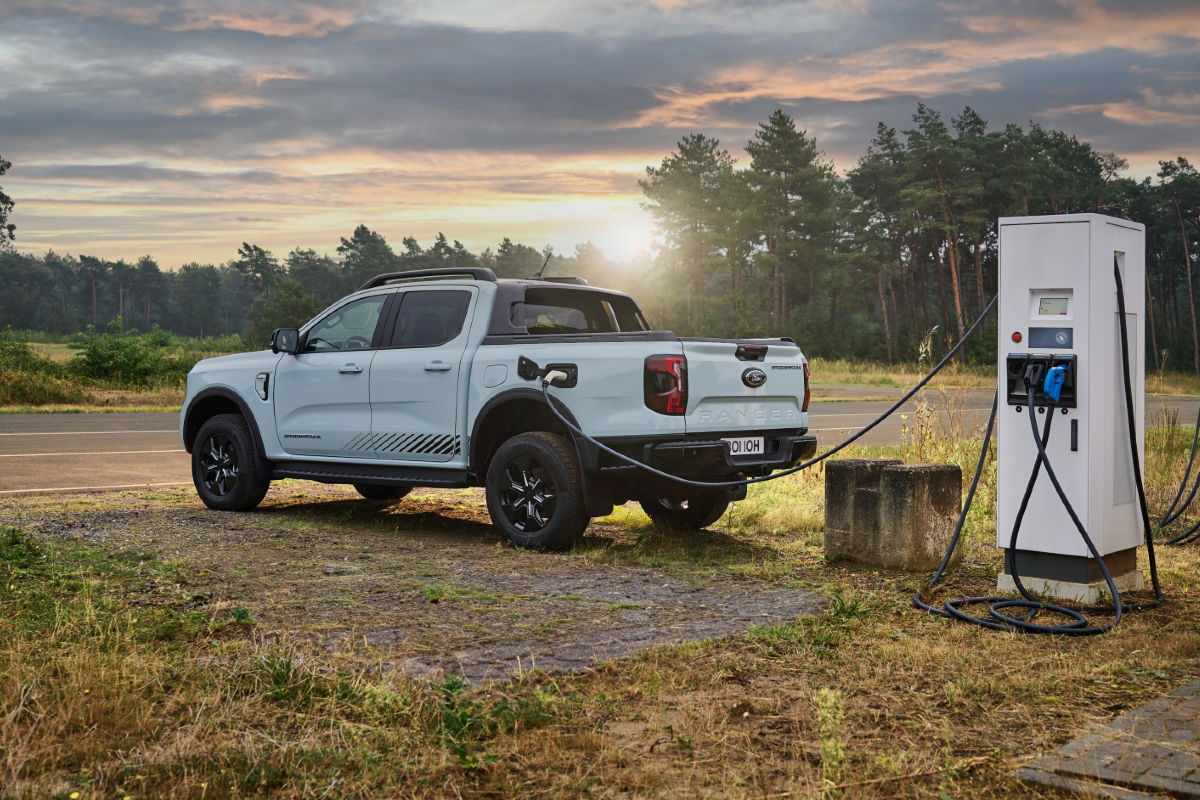

It is an astonishing story we will never see the like of again, certainly not in Formula 1, maybe in any other sport.
Brawn GP’s Phoenix-like rising from the Ashes of Japanese manufacturing giant Honda’s sudden decision at the end of 2008 to pull the plug on its F1 operation will long remain a modern-day fairytale.
The team was bought for £1, somehow survived the winter, and yet it went on to win both the constructors’ and drivers’ titles, the latter with Jenson Button at the wheel.
Those triumphs were aided by the controversial double diffuser that recaptured downforce lost following the introduction of wide-sweeping rule changes for 2009.
Brawn, and two of its other rivals, Williams and Toyota who had also interpreted the rules differently, were protested by the other teams after the season-opening Australian Grand Prix, but to no avail. The rest, as they say, is history.
That glorious year in F1 folklore is due to be retold by a forthcoming Disney+ documentary – Brawn: The Impossible Formula 1 Story – with its four episodes airing on November 15, and narrated by Matrix star Keanu Reeves.
Ahead of its release, then-team boss Ross Brawn is still prone to disbelief in reflecting upon what unfolded over the course of that campaign.
Speaking to Talksport, Brawn said: “It was a fairy story which, if it had been fiction, you would never have believed, but it actually happened, and the circumstances behind it. It’s hard to imagine occurring again.
“Everything came together at the right point in time with the right people with a very, very strong following wind.”
For Brawn, what he recalls the most, and as he said, “if you watch the documentary”, then it is “about the people”.
“At the end of 2008, when Honda announced they were withdrawing, we had 700 people and their jobs were on the line,” said Brawn.
“They all worked like Trojans, with a total uncertainty of what was going to happen. If any of them had downed tools we wouldn’t have survived.
“They all worked with amazing commitment and devotion during that winter, not knowing what their futures held. Without that, we wouldn’t have had anything, so it’s a story of people’s commitment, devotion, and passion.
“During that period, when there was such uncertainty, we knew, even if we survived, we couldn’t keep a team of that size going because that was a team (previously) funded by the might of Honda. As a small private team, we almost had to halve the size.
“But that’s the thing that always stuck with me – the commitment and devotion of those people.”
Brawn has conceded that his sanity was questioned, by his wife Jean, in particular, and there were occasions when he doubted himself and whether he could continue with the project.
“My wife was used to me doing some fairly ambitious things, but this was definitely top of the pile of things that I’d taken on,” he added.
“She said to me, ‘Look, do what you want, but don’t mortgage the house’, and that was her only constraint.
“When you’re in the midst of it, you look at the options you’ve got, and you either walk away, or you try and do something.
“There were days when I wanted to walk away, but the people around me wouldn’t let me. I think I was able to do the same with them as well, that there were days they’d had enough. They just didn’t see how it would work.
“But we were all able to convince each other that we should keep pushing, and the results came.”
And how, as Button won six of the first seven races, with the Briton managing to hold on for the remainder of the year as the other teams with bigger budgets and greater resources eventually caught up.
Rubens Barrichello managed to win two grands prix later in the season to pose a threat to Button, who went on to seal his one-and-only championship of his F1 career in the penultimate round, and on his team-mate’s home soil of Brazil.
“The drivers were perfect,” recalled Brawn. “We couldn’t have asked for a better pair of drivers in Rubens and Jenson because they were fast but they were mature – and they didn’t make mistakes.
“We had no parts. We went into those first few races with two cars, and the bits that made the cars, but very little else – very few spares, no spare chassis, very little bodywork.
“If we’d had a crash, there would have been a car that couldn’t compete, so they were great.
“I couldn’t have thought of a better combination of drivers.”




















Discussion about this post